As autumn approaches, dressage horse owners face a particularly challenging period when managing their horses' grazing. While many associate spring with problematic grass sugar levels, autumn can prove equally, if not more, challenging for the health and performance of dressage horses. The combination of physiological changes in grass plants and unpredictable weather patterns creates a perfect storm of high sugar content that can wreak havoc on horses' digestive systems, particularly the delicate hindgut ecosystem that is so crucial for the sustained energy and focus required in dressage training.
Understanding Autumn's Sugar Surge
The dramatic shift from summer to autumn triggers significant changes in grass physiology. As daylight hours diminish and temperatures begin their seasonal decline, grass plants initiate their winter preparation protocols (1). This process involves converting accumulated starches into sugars, which function as a natural antifreeze mechanism, protecting the plant's cellular structure from frost damage (2).
The typical autumn weather pattern of warm, sunny days followed by crisp, cool nights creates ideal conditions for sugar accumulation. During daylight hours, grass continues photosynthesizing actively, producing substantial quantities of sugars (3). However, the cooler nighttime temperatures significantly slow the plant's metabolic processes, reducing its ability to utilize these sugars for growth and cellular maintenance. Consequently, sugars accumulate within the grass tissues, often reaching concentrations that can exceed those found in spring grass.
This accumulation is particularly pronounced in the early morning hours, when sugar levels typically peak following the overnight metabolic slowdown (4). The combination of accumulated sugars and reduced plant metabolism creates a concentrated source of readily available carbohydrates that can overwhelm a dressage horse's digestive system, potentially affecting the calm, focused temperament essential for precise movements and collection.
Stress-Induced Complications
Autumn weather patterns often include additional stressors that can exacerbate the sugar accumulation problem. Fluctuating temperatures, occasional drought conditions, and the plant's natural preparation for dormancy all contribute to increased sugar production as a survival mechanism (5). These environmental stressors trigger the grass to produce even higher concentrations of sugars and fructans, creating an increasingly challenging grazing environment for horses.
Furthermore, as grass growth naturally slows during autumn, horses may begin overgrazing certain preferred areas of pasture. This behavior can lead to soil compaction, damage to grass root systems, and the creation of long-term pasture management issues that extend well beyond the immediate seasonal challenges.
Health Risks and Vulnerable Dressage Horses
High sugar content in autumn grass poses significant risks to equine health, with particular implications for dressage horses whose performance depends on consistent energy levels, mental focus, and physical suppleness. Laminitis remains one of the most serious concerns, as the sudden influx of sugars can trigger inflammatory responses that affect the sensitive laminae within the hooves (6). For dressage horses, even mild laminitis can compromise the precise footwork and collection required for advanced movements.
Horses with Equine Metabolic Syndrome (EMS) face heightened risks, as their impaired insulin sensitivity makes them particularly vulnerable to sugar spikes. Insulin resistance, often a precursor to more serious metabolic disorders, can be exacerbated by consistent exposure to high-sugar grass (6,7). This condition can significantly impact a dressage horse's ability to maintain the sustained energy output required for training sessions and competitions.
Even horses without obvious metabolic predispositions can experience digestive upset, behavioral changes, energy imbalances, and weight gain when consuming autumn grass with elevated sugar levels. For dressage horses, these issues can manifest as:
- Inconsistent energy levels during training sessions
- Difficulty maintaining focus and attention during precise movements
- Increased reactivity or "hot" behavior that compromises the calm, willing attitude essential in dressage
- Stiffness or reluctance in collection work
- Irregular performance patterns that make consistent training progression challenging
The relationship between obesity and sugar sensitivity creates a particularly concerning cycle, where overweight horses become increasingly sensitive to dietary sugars, making weight management progressively more challenging during periods of high grass sugar content (7). For dressage horses, maintaining optimal body condition is crucial for biomechanical efficiency and the ability to perform complex movements with ease and grace.
The Hindgut Crisis and Dressage Performance
Perhaps the most significant concern with autumn grass consumption lies in its impact on the horse's hindgut, which has direct implications for dressage performance. The equine digestive system evolved to process fibrous materials efficiently, with the hindgut serving as a sophisticated fermentation chamber housing billions of beneficial bacteria (8). These microorganisms play crucial roles in fiber digestion, nutrient production, and immune system support – all essential for maintaining the consistent health and performance required in dressage training.
When horses consume high-sugar grass, particularly the fructans abundant in stressed autumn pastures, these complex sugars often bypass digestion in the small intestine and arrive largely intact in the hindgut (9). The sudden availability of readily fermentable sugars can cause rapid bacterial proliferation, leading to dramatic shifts in the microbial population.
This microbial disruption manifests in several ways that can significantly impact dressage performance. The pH of the hindgut can drop rapidly as acid-producing bacteria multiply, creating an increasingly hostile environment for beneficial microorganisms. As beneficial bacteria die off, they release endotoxins that can trigger inflammatory responses throughout the horse's body, potentially leading to conditions ranging from mild digestive upset to severe laminitis.
For dressage horses, hindgut disruption can result in:
- Decreased stamina and endurance during training sessions
- Uncomfortable behavior under saddle, particularly during collection work
- Irregular or loose droppings that may indicate digestive distress
- Increased tension and resistance to aids
- Compromised immune function leading to increased susceptibility to illness
The compromised hindgut environment also impairs nutrient absorption, meaning horses may struggle to derive adequate nutrition from their feed despite consuming normal quantities (8). This can lead to deficiencies in essential nutrients and contribute to poor body condition, compromised immune function, and reduced overall performance – all critical factors for successful dressage horses.
Strategic Management Approaches for Dressage Horses
Effective management of autumn grazing for dressage horses requires a multi-faceted approach that addresses both immediate health risks and the specific performance requirements of the discipline.
- Restricting grazing during high-risk periods, particularly early morning hours when sugar concentrations peak, can significantly reduce exposure to problematic compounds (10). Many dressage horse owners implement strip grazing systems or use grazing muzzles to limit intake while still allowing horses to enjoy turnout and natural foraging behaviors that support mental wellbeing.
- The timing of turnout becomes particularly crucial for dressage horses in training. Many trainers find that limiting morning grazing before training sessions helps maintain consistent energy levels and reduces the risk of digestive discomfort that could affect performance. Afternoon turnout, when sugar levels are typically lower, often proves more suitable for horses in regular work.
- Providing alternative forage sources becomes crucial during peak risk periods. Low-sugar hay options can supplement reduced grazing time, and soaking hay for 30-60 minutes can further reduce its sugar content (11). For dressage horses, maintaining consistent forage quality throughout the season helps support steady energy levels and optimal body condition.
- Regular body condition scoring throughout autumn helps identify horses gaining excessive weight, allowing for prompt intervention before metabolic issues develop. For dressage horses, maintaining an optimal body condition score (typically 5-6 on a 9-point scale) supports both performance and long-term soundness.
- Careful monitoring of individual horses for early warning signs of distress is essential. Changes in behavior under saddle, digital pulse strength, reluctance to move forward or collect, or alterations in eating patterns can all indicate developing problems that require immediate attention. Dressage horses may show subtle signs of discomfort through changes in their willingness to engage, quality of gaits, or responsiveness to aids.
The Role of EquiNectar in Dressage Horse Management
Supporting dressage horses' natural digestive processes during challenging periods like autumn becomes paramount for maintaining both gut health and consistent performance. This is where products like EquiNectar play a vital role in comprehensive autumn management strategies for dressage horses.
EquiNectar provides a unique blend of active digestive enzymes derived from malted barley, specifically designed to address the challenges posed by high-sugar grass consumption. The fructanase enzyme contained within EquiNectar helps break down complex fructans in the small intestine, preventing these problematic sugars from reaching the hindgut where they can cause bacterial disruption that affects both health and performance.
The amylase component supports the breakdown of starches, which horses naturally produce in limited quantities due to their evolutionary adaptation to high-fiber diets. By supplementing this enzyme, dressage horses can more effectively process any grain-based feeds while reducing the starch load on the large intestine. This is particularly beneficial for horses receiving concentrated feeds to support their training and competition schedules.
Additional enzymes including cellulase, xylanase, and beta-glucanase work synergistically to improve overall forage digestibility, helping horses extract maximum nutritional value from their feed while reducing the risk of undigested materials fermenting inappropriately in the hindgut. For dressage horses, this improved digestive efficiency can contribute to more consistent energy levels and better utilization of nutrients essential for muscle development and recovery.
Supporting Optimal Hindgut Function for Performance
EquiNectar's comprehensive enzyme profile works to maintain the delicate balance of the hindgut microbiome during challenging periods, which is crucial for dressage horses whose performance depends on optimal health and comfort. By reducing the sugar load reaching the hindgut, the product helps maintain stable pH levels and supports the growth of beneficial bacteria essential for proper digestion and immune function.
The B-vitamin content in EquiNectar, particularly high levels of folate and niacin, provides additional nutritional support during periods when the hindgut's vitamin-producing capabilities may be compromised. These vitamins play crucial roles in energy metabolism and cellular function, supporting overall health and performance capacity during stressful seasonal transitions.
Regular use of EquiNectar throughout the autumn period can contribute to improved dropping consistency, reduced gas production and bloating, and decreased agitation and irritability often associated with hindgut discomfort. Many dressage horse owners report improved performance consistency, better focus during training sessions, and enhanced overall condition when incorporating digestive enzyme supplementation into their autumn management protocols.
For dressage horses, the benefits of maintaining optimal digestive health extend beyond basic wellness to include:
- More consistent energy throughout training sessions
- Improved ability to maintain collection and engagement
- Better recovery between intense training periods
- Enhanced willingness and cooperation under saddle
- Reduced risk of performance-limiting metabolic issues
Looking Forward: Autumn Success for Dressage Horses
As we navigate the complexities of autumn grass management for dressage horses, it becomes clear that successful strategies require understanding, vigilance, and proactive intervention tailored to the specific demands of the discipline. The combination of careful grazing management, appropriate nutritional support, and targeted supplementation with products like EquiNectar can help dressage horses transition through this challenging season while maintaining optimal health, performance, and the mental clarity essential for success in the arena.
Each dressage horse presents individual requirements and sensitivities, making consultation with veterinary professionals and equine nutritionists who understand the demands of the sport invaluable for developing tailored management approaches. Factors such as training intensity, competition schedule, individual metabolic sensitivity, and performance goals should all influence autumn management decisions.
By recognizing the unique challenges posed by autumn grass conditions and implementing comprehensive management strategies, dressage horse owners can protect their animals from seasonal health risks while preserving the long-term sustainability of their grazing resources and their horses' competitive careers.
The beauty of autumn need not be overshadowed by concerns about grass-related health issues that could compromise training progress or competition performance. With proper understanding, careful management, and appropriate nutritional support, dressage horses can safely enjoy the season while their owners gain peace of mind knowing they are taking every reasonable precaution to protect their animals' wellbeing and performance potential during this transitional period.
References
Nievola, C. C., Carvalho, C. P., Carvalho, V., & Rodrigues, E. (2017). Rapid responses of plants to temperature changes. Temperature (Austin, Tex.), 4(4), 371–405. https://doi.org/10.1080/23328940.2017.1377812
Preston, J. C., & Sandve, S. R. (2013). Adaptation to seasonality and the winter freeze. Frontiers in plant science, 4, 167. https://doi.org/10.3389/fpls.2013.00167
Wu, W., Chen, L., Liang, R., Huang, S., Li, X., Huang, B., Luo, H., Zhang, M., Wang, X., & Zhu, H. (2025). The role of light in regulating plant growth, development and sugar metabolism: a review. Frontiers in Plant Science, 15, Article 1507628. https://doi.org/10.3389/fpls.2024.1507628
University of Minnesota. (2024). Grazing horses prone to laminitis. https://extension.umn.edu/horse-nutrition/grazing-horses-prone-laminitis
Amoah, J. N., & Adu-Gyamfi, M. O. (2025). Effect of drought acclimation on sugar metabolism in millet. Protoplasma, 262(1), 35–49. https://doi.org/10.1007/s00709-024-01976-5
Kentucky Equine Research. (2011, September 19). Autumn Grass Poses Risk for Laminitic Horses. https://ker.com/equinews/autumn-grass-poses-risk-laminitic-horses/
Johnson, P. J., Wiedmeyer, C. E., LaCarrubba, A., Ganjam, V. K., & Messer, N. T., 4th (2012). Diabetes, insulin resistance, and metabolic syndrome in horses. Journal of diabetes science and technology, 6(3), 534–540. https://doi.org/10.1177/193229681200600307
Julliand, V., & Grimm, P. (2016). HORSE SPECIES SYMPOSIUM: The microbiome of the horse hindgut: History and current knowledge. Journal of animal science, 94(6), 2262–2274. https://doi.org/10.2




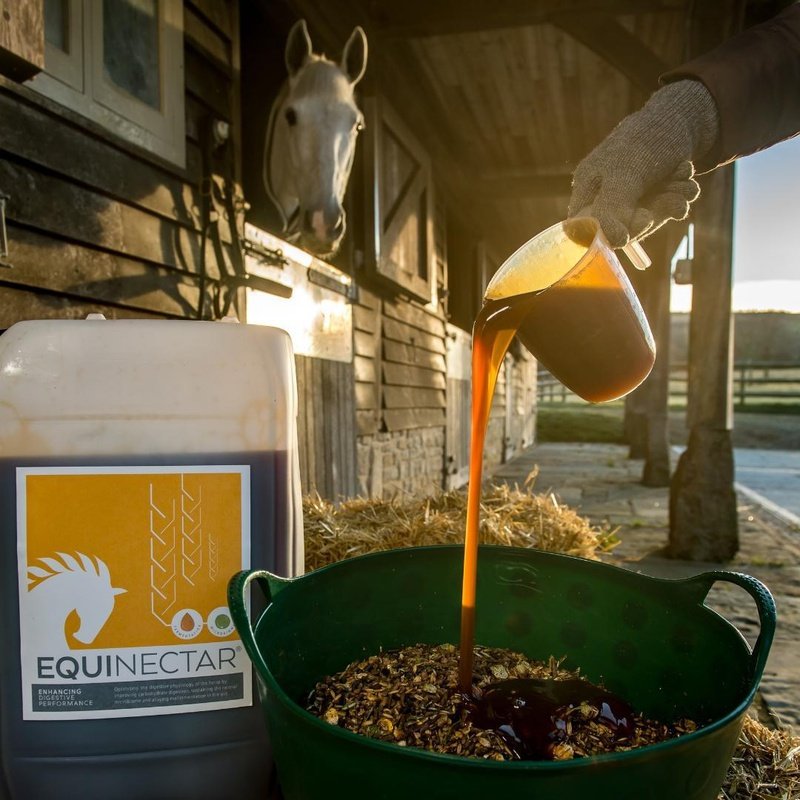
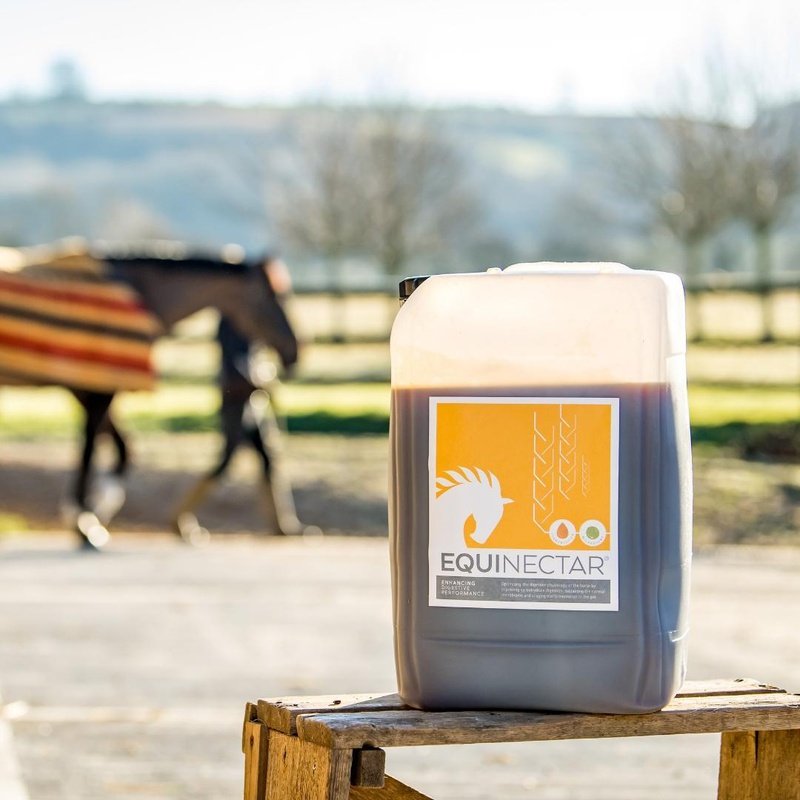
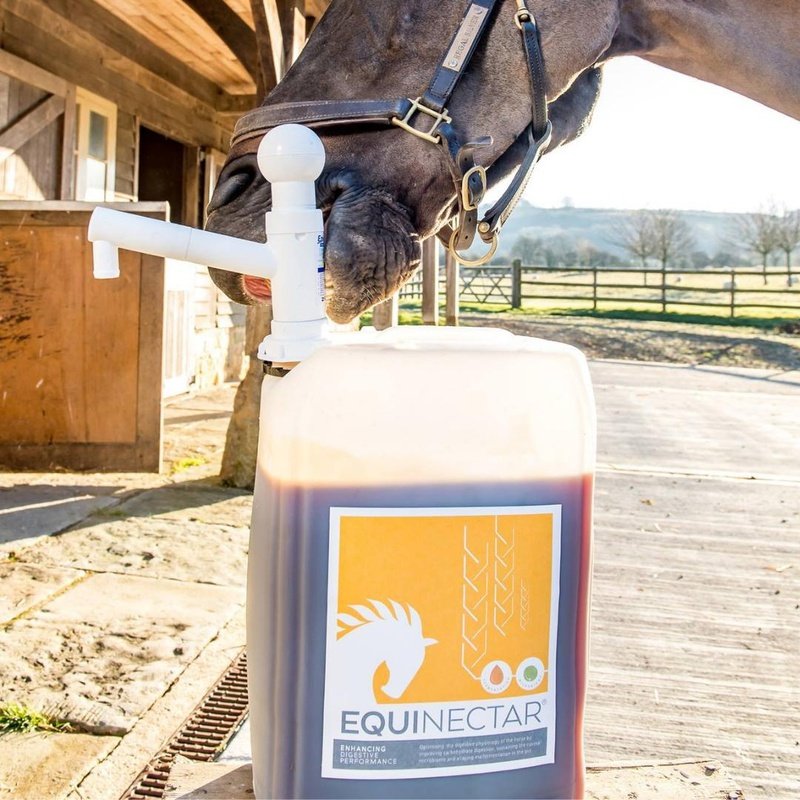

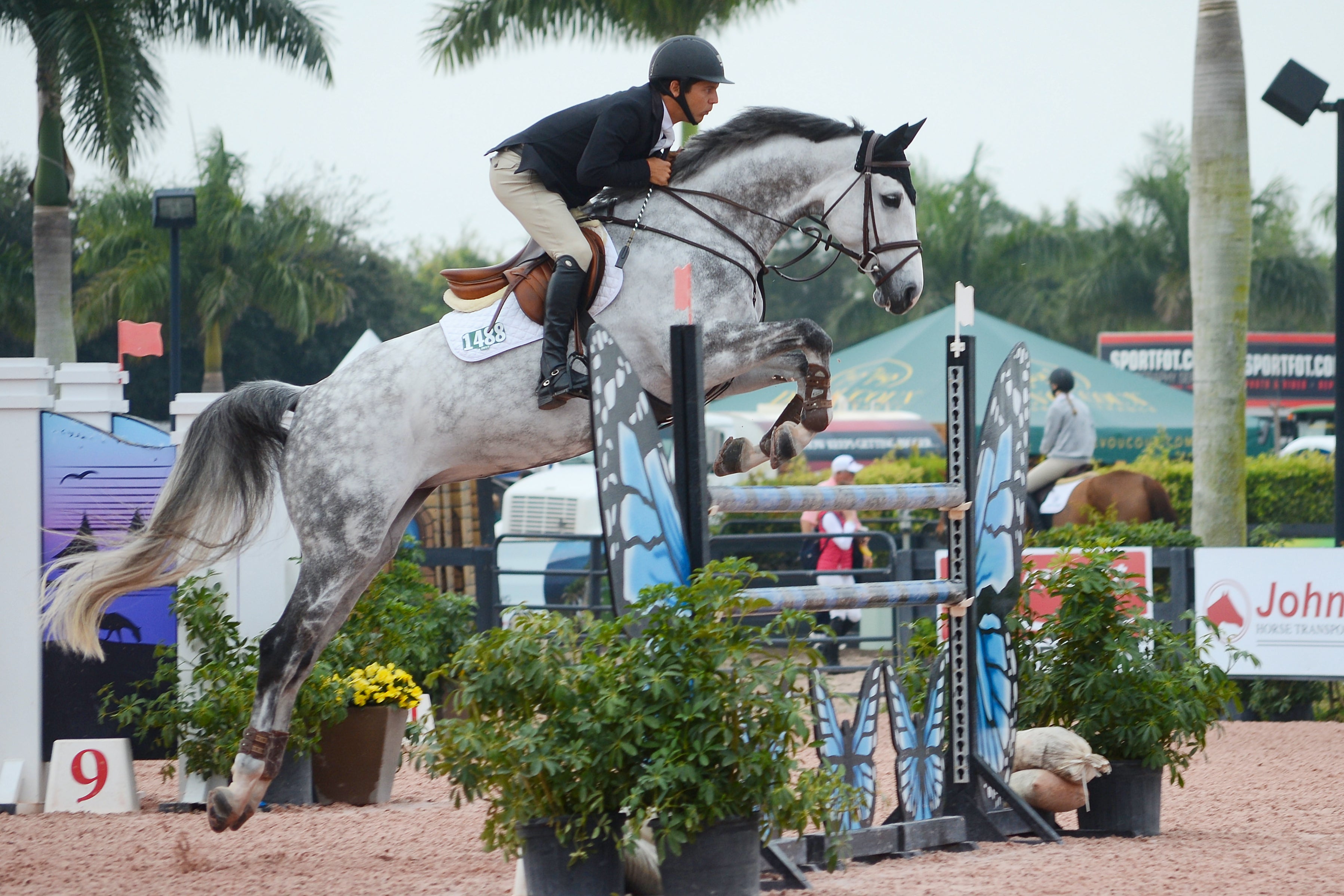
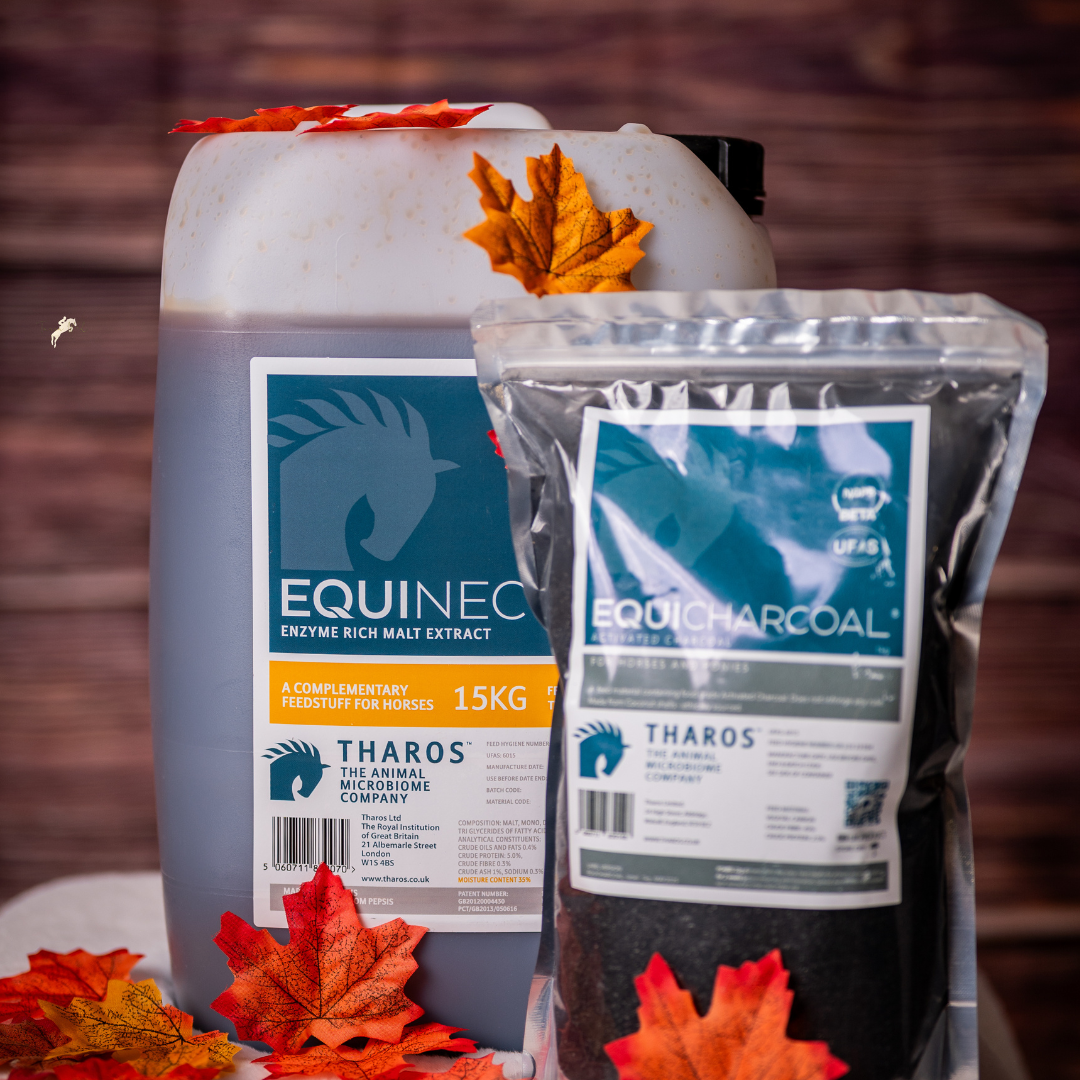
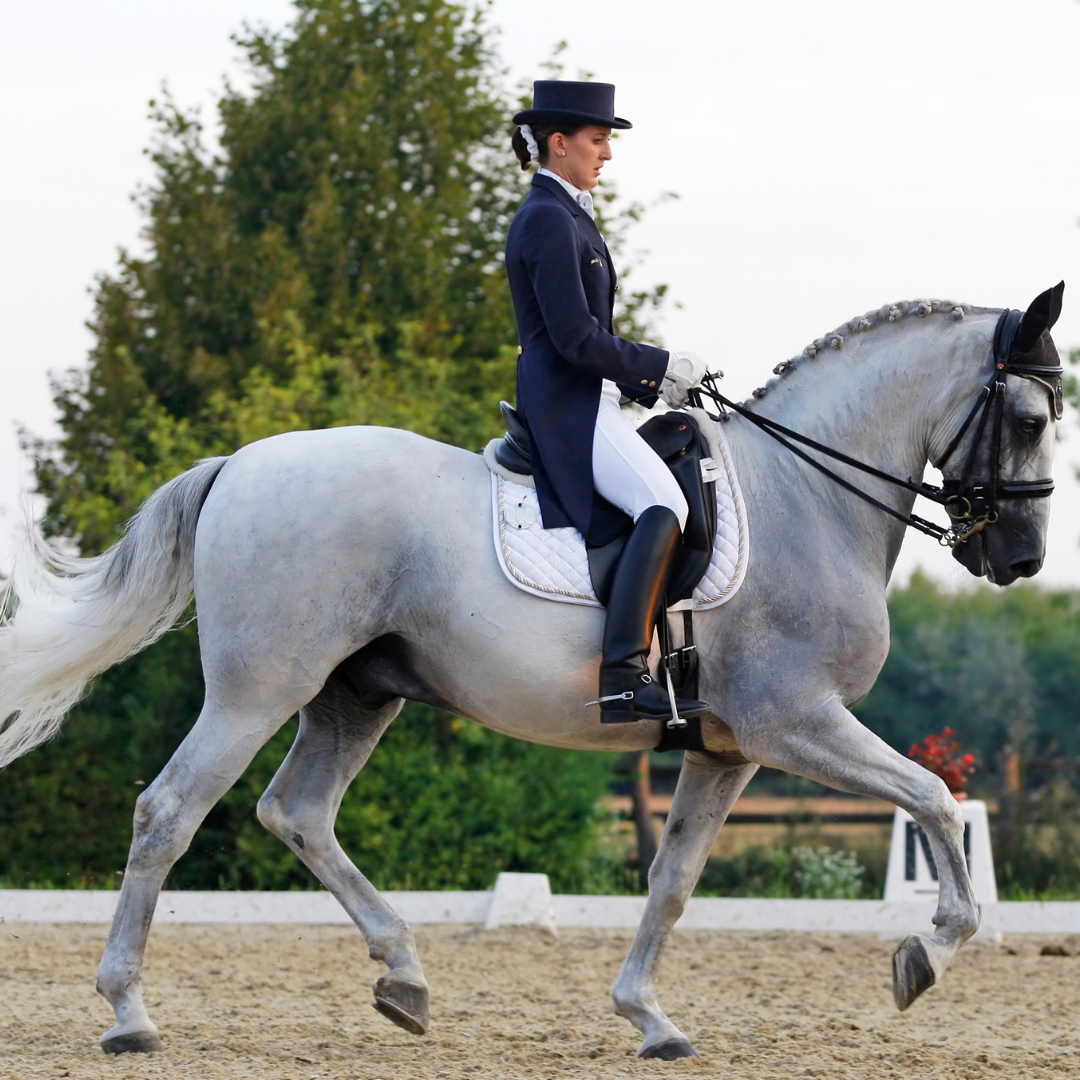
Share: